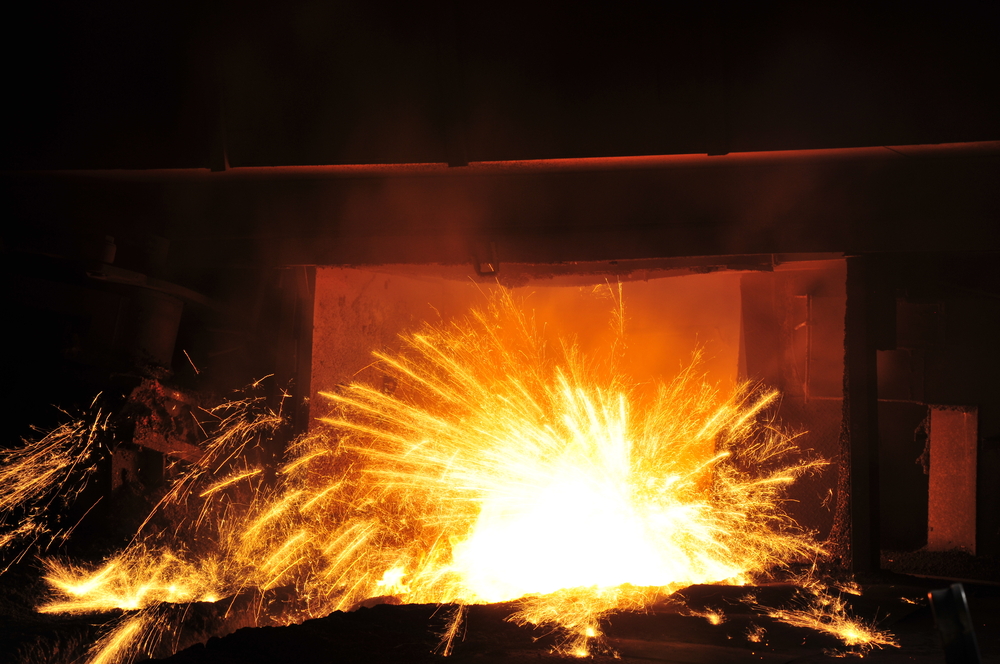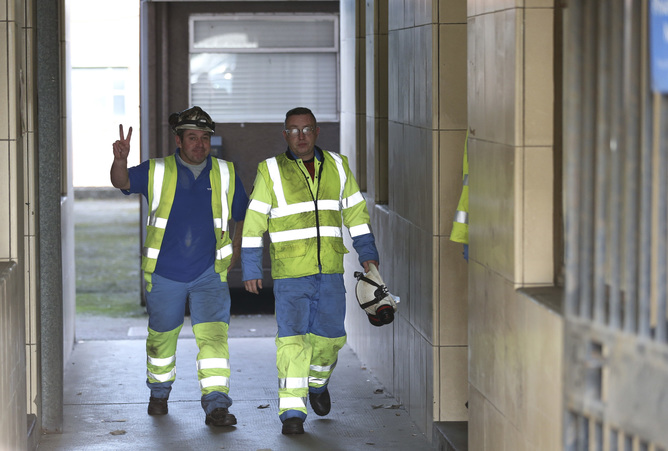British Steel Appears on its Way Out

Please note that we are not authorised to provide any investment advice. The content on this page is for information purposes only.
The announcement of over 1000 job losses at Tata Steel – the vast majority at the Port Talbot plant in South Wales – has understandably provoked heated debate. Yet this is just the latest incident in the industry’s spiral of decline, which has recently seen redundancy plans made at other companies including SSI, Caparo and Sheffield Forgemasters. The future of the industry in Wales, and other regions across the UK, is in jeopardy. In addition, there has been no shortage of suggestions as to what could, or should, be done.
There are three big questions here.
The announcement of over 1000 job losses at Tata Steel – the vast majority at the Port Talbot plant in South Wales – has understandably provoked heated debate. Yet this is just the latest incident in the industry’s spiral of decline, which has recently seen redundancy plans made at other companies including SSI, Caparo and Sheffield Forgemasters. The future of the industry in Wales, and other regions across the UK, is in jeopardy. In addition, there has been no shortage of suggestions as to what could, or should, be done.
There are three big questions here.
First, should the government intervene in some way now to support the industry? Second, what should happen to help those workers facing redundancy? Finally, what policy options might be available in the longer term to diversify the economy away from steel?
The causes of the crisis in the steel industry are well documented. Energy costs are on the rise, and the price of steel has halved in the last year, amid accusations of dumping of low-cost steel from Chinese producers on the European market. However, for South Wales, this is merely the latest episode of a protracted and sometimes painful, transition away from an economy based on heavy industries, towards one based on services and knowledge. This raises the question: should the government intervene?
An invaluable industry
The role that Tata plays in the Welsh economy should not be understated. Research by the Welsh Economy Research Unit suggests that it accounts for fully 3% of Welsh Gross Value Added (or GVA – a key measure of the value of goods and services produced), making it “the most economically important private sector company in Wales”.
What’s more, every job in Tata (3,500 in Port Talbot alone, even accounting for the announced losses) supports an additional 1.22 jobs in Wales through multiplier effects – that is, through suppliers, subcontractors and businesses outside the steel industry, which benefit from the recycling of its wages.
Workers leaving Tata: 4.44 jobs right there. Russell Cheyne/Reuters
These figures give a sense of just how difficult it will be to replicate the effects of the steel industry. However, they also offer an indication of how the resources available for economic development should be deployed. Some prominent commentators in Wales argue that the Welsh government should support the ongoing existence of the steel industry, by entering into a joint venture with Tata.
Their idea is for the government to take a majority stake in Tata’s Welsh holdings, while the company continues to operate the plants. This approach could cover losses and fund restructuring over the medium term – or at least while the present crisis in the wider industry is most acute. Those who advocate this position are understandably keen to differentiate such an approach from the bailouts of ailing industries, stereotypical of the 1960s and 70s. It’s not without precedent – Cardiff Airport, albeit a much smaller investment is currently under Welsh government ownership as a strategic asset.
So far, such proposals for Tata have been met with a negative response by Wales’ First Minister, who maintains that the top priorities are tackling high-energy costs and low steel prices, in combination with exploring the scope for tax breaks and business rates relief for businesses in the area. Discussions about the fate of Britain’s steel industry are set to continue in parliament.
The job problem
Meanwhile, the issue of job loss looms large. The 750 redundancies announced in Port Talbot simply cannot be absorbed by local government. This chart highlights the nature of the challenge for the Neath Port Talbot Unitary Authority, showing an occupational profile that is skewed away from skilled and professional jobs. Although any alternative jobs that can be found in the short term will help to mitigate the damaging economic, physical and psychological effects of long-term unemployment, there will clearly be a need to retrain, where appropriate, for jobs outside the steel sector.
Fortunately, in recent years the Welsh government has had some success on this front. For example, 57% of redundant oil workers were successfully redeployed – many within the local area – after the sale of a refinery in Pembrokeshire. The strategies used in this case will feed into a review of the options for retraining affected staff, undertaken by the government’s newly formed task force, which includes union and industry representatives.
However, the Welsh government would also do well to learn lessons from elsewhere in the UK. In 2005, the MG Rover plant at Longbridge in the West Midlands closed with over 6,000 job losses. While the majority of these workers have found alternative employment, research has shown that long-term issues mitigate this apparent success. Further, precarious and lower paid jobs replaced those lost. This clearly suggests the need for a strategic response, which reaches beyond the affected sector and locality to ensure that high-quality jobs are available.
Ultimately, what the Welsh government can do is limited. At least it has some scope for a regionally focused intervention in the economy (as does Scotland) and can implement laws that affect economic development, training and planning directly. Areas of England suffering steel sector job losses aren’t so lucky.
The structural changes highlighted by large-scale job losses are a symptom of the UK’s unbalanced economy. There has been a massive increase in regional disparities over the last 45 years: in relative terms, growth in the north has plummeted, while the south has continued on an upward trajectory, buoyed by London. Fundamentally, this situation needs to be addressed if we are not to experience déjà vu on a regular basis, when it comes to places like Port Talbot.
Saving Britain’s steel industry: what can be done, and is it even worth it? is republished with permission from The Conversation






